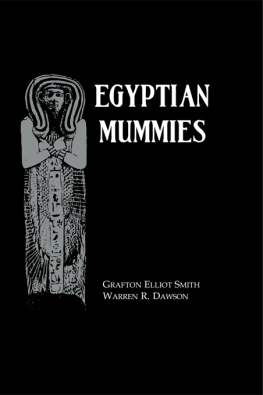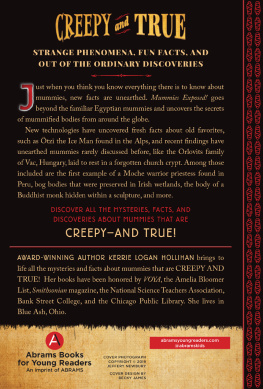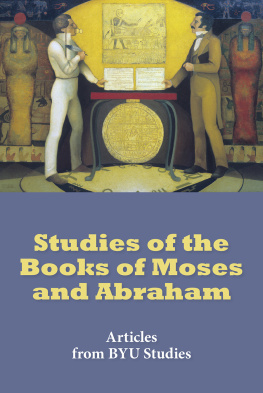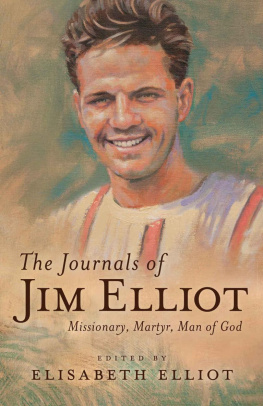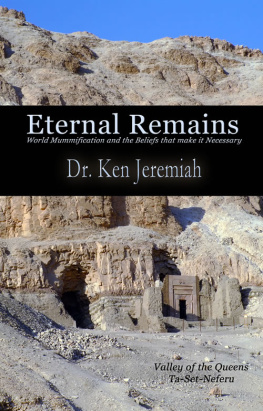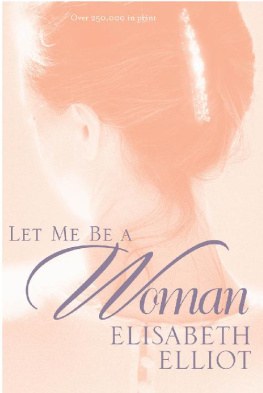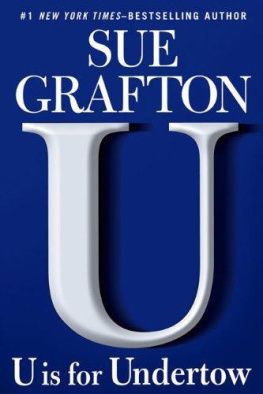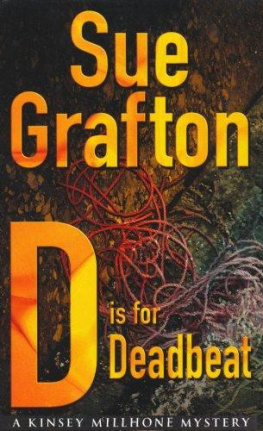First published in 1924 by George Allen & Unwin
This edition first published in 2009 by
Routledge
2 Park Square, Milton Park, Abingdon, Oxon, OX14 4RN
Simultaneously published in the USA and Canada
by Routledge
270 Madison Avenue, New York, NY 10016
Routledge is an imprint of the Taylor & Francis Group, an informa business
Kegan Paul, 2002
Transferred to Digital Printing 2009
All rights reserved. No part of this book may be reprinted or reproduced or utilised in any form or by any electronic, mechanical, or other means, now known or hereafter invented, including photocopying and recording, or in any information storage or retrieval system, without permission in writing from the publishers.
British Library Cataloguing in Publication Data
A catalogue record for this book is available from the British Library
ISBN 10: 0-710-30803-5 (hbk)
ISBN 13: 978-0-710-30803-0 (hbk)
Publishers Note
The publisher has gone to great lengths to ensure the quality of this reprint but points out that some imperfections in the original copies may be apparent. The publisher has made every effort to contact original copyright holders and would welcome correspondence from those they have been unable to trace.
A GREAT part of antiquity contented their hopes of subsistency with a transmigration of their souls, a good way to continue their memories.
Egyptian ingenuity was more unsatisfied, continuing their bodies in sweet consistencies to attend the return of their souls.
But all was vanity, feeding the wind, and folly.
The Egyptian mummies, which Cambyses or time hath spared, avarice now consumeth.
Mummy is become merchandise, Mizraim cures wounds, and Pharaoh is sold for Balsams.(Sir Thomas Browne, 1658.)
In his book with the formidable title NEKPOKHEIA; or, the Art of Embalming ; wherein is shewn the Right of Burial, the Funeral Ceremonies and the several ways of Preserving Dead Bodies in most Nations of the World, with an Account of the particular Opinions, Experiments and Inventions of Modern Physicians, Surgeons, Chymists and Anatomists, also some new Matter proposed concerning a better method of Embalming than hath hitherto been discovered, and a Pharmacopoeia Galeno-Chymica Anatomia sicca sive incruenta, etc., Thomas Greenhill in 1705 discussed the possible ways in which embalming may have originated :
(1) Necessity, the mother of Invention may have driven men to render their dead innocuous to themselves ;
(2) Unexpected Results of Experiments, as when you aim and try to find out one thing and accidentally light on another ; and
(3) Observation of the instincts of living animals :for example, seeing flies and other insects enclosed in amber may have suggested the idea.
But since these things appear rather fabulous and the pleasant flights of acute wits and inquisitive naturalists than solid truths, we must have recourse to some other course ;
and expressed the opinion that
The sands of Egypt being hot, from the reflection of the scorching sun, are capable of preserving bodies without either salination or embalming, and that only by exhaling and drying up the humidities and adventitious moisture, insomuch that it has occasioned no small contests among some authors, which of the two is the truer mummy, that dried in the sands or that which is embalmed with balsams and aromatics.
The continuance and duration of their embalmings are in some measure due to the clearness and dryness of the air.
PREFACE
T HERE is nothing more characteristically Egyptian than a mummy, and yet, strange as it may seem, very little has been done to acquire an accurate and reliable knowledge of the technical processes and significance of mummy-making. If the reader take up any general text-book on Egypt at the present day, he will usually find a relatively short space devoted to mummies. Moreover, the account, such as it is, is generally compounded chiefly of extracts from classical writers and of a series of generalisations, many of them quite wrong, which have appeared in book after book in the last fifty years. In 1834, Thomas Pettigrew, a London surgeon, published his History of Egyptian Mummies, which, considering the archological data then at his disposal, is a monument of exact observation. Since that time, however, so far as we are aware, no monograph has appeared based upon the examination of actual mummies and dealing as a whole with the development and significance of Egyptian embalming. In recent years large numbers of mummies of various periods have been examined (and twice as many more allowed to perish without record), and we now have sufficient data to enable us to trace the origin and development of this singular practice over a period of at least three thousand years.
We have aimed merely at tracing in outline the technical processes employed by the embalmer, and at briefly describing the funeral ceremonies and other such archological matters directly relating to mummies, but these subjects demand a full treatment which would be out of place in this book. We have touched but lightly on the motives that prompted the custom and of the far-reaching effects it has had in shaping the development of human thought, not only in Egypt, but throughout the world. We have indicated the ancient literature relating to embalming from Egyptian and Greek texts, but as these cannot be intelligibly translated without a philological commentary, we have attempted to convey their meaning rather than their exact words. The geographical distribution of mummification and the story of its spread throughout the world we have not touched upon at all, as the amount of evidence now available for this aspect of the subject would, if set out, have doubled the bulk of this book. These wider questions of the origin and spread of mummification have been dealt with at considerable length elsewhere.1
Mummification had a great influence on the development of the science of anatomy, and in fact of medicine in general, and Egyptian mummies themselves have furnished us with so many pathological conditions of the greatest interest in the history of medicine, that a chapter has been devoted to the subject.
For more technical descriptions and for fuller information on the various subjects indicated or discussed, the reader is referred to the footnotes, in which ample bibliographical references will be found.



